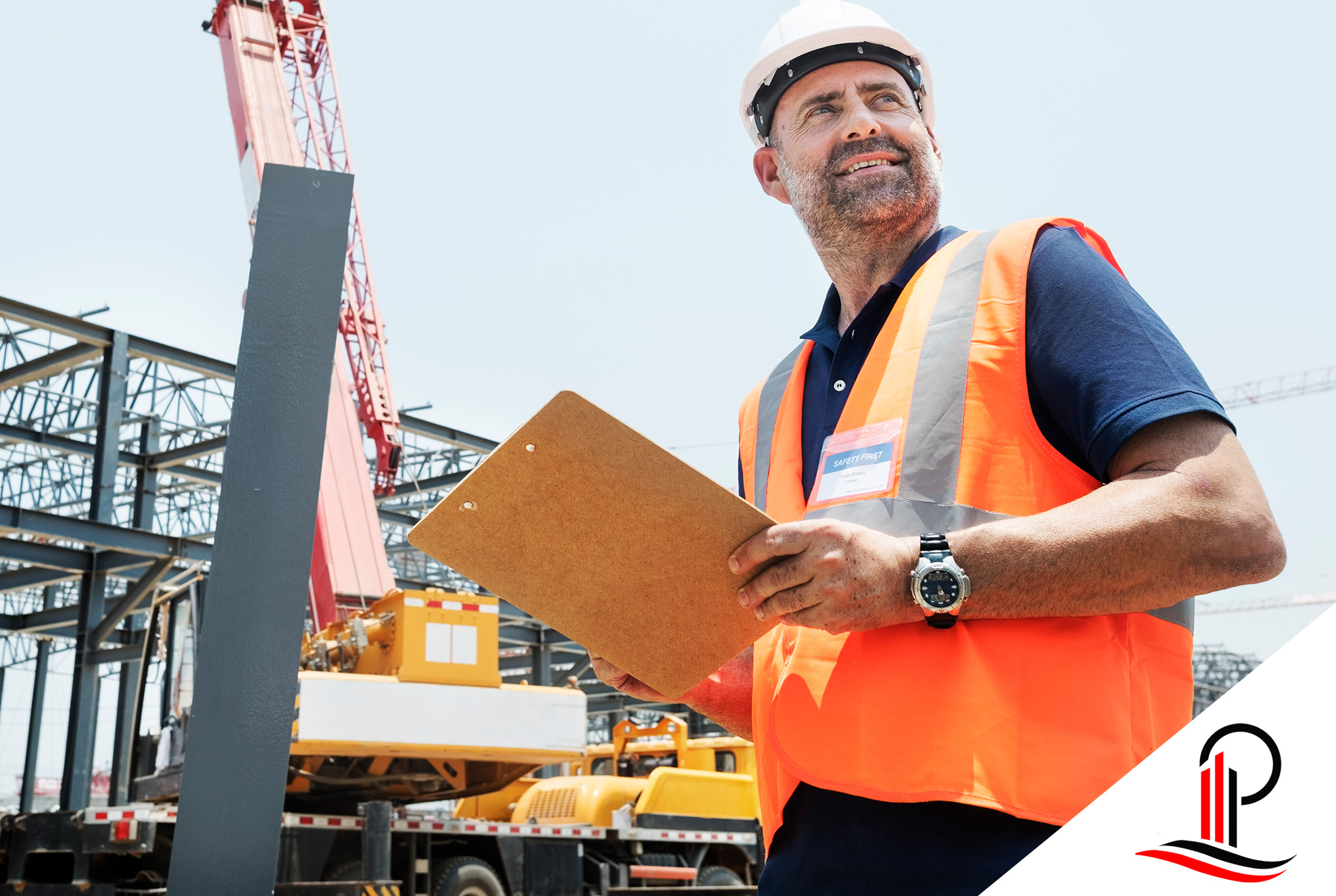Ensuring Workplace Safety on construction sites is paramount. The construction industry is inherently hazardous, with numerous risks ranging from falls and electrical hazards to heavy machinery accidents. Safety management goes beyond mere compliance with regulations; it involves fostering a culture where safety is ingrained in every aspect of operations. In this blog, we’ll explore the importance of safety management in construction, key elements of creating a safety culture, and actionable strategies for promoting workplace safety on construction sites.
Importance of Safety Management in Construction:
Safety management in construction is not just a legal obligation; it’s a moral imperative. Construction sites are dynamic environments where workers are exposed to various hazards daily. Effective safety management minimizes risks, reduces accidents, and protects the well-being of workers. Furthermore, it enhances productivity by minimizing downtime due to accidents or injuries and mitigates the financial and reputational risks associated with workplace incidents.
Key Elements of Creating a Safety Culture:
1. Leadership Commitment: Safety starts at the top. Leaders in construction companies must demonstrate a strong commitment to safety by prioritizing it in decision-making, allocating resources for safety initiatives, and leading by example. When leaders prioritize safety, it sends a clear message that safety is non-negotiable.
2. Employee Involvement: Employees are the eyes and ears on the ground. Involving them in safety initiatives empowers them to identify hazards, suggest improvements, and take ownership of safety. Establishing safety committees or holding regular safety meetings allows employees to voice their concerns and contribute to safety improvements.
3. Training and Education: Proper training is essential for ensuring that workers understand safety procedures, hazard recognition, and emergency protocols. Ongoing safety education keeps workers informed about new risks and best practices. Investing in training demonstrates a commitment to employee well-being and enhances safety awareness.
4. Clear Policies and Procedures: Clear, written safety policies and procedures provide guidelines for safe work practices. These documents should be easily accessible to all employees and regularly updated to reflect changes in regulations or site conditions. Consistent enforcement of policies ensures compliance and reinforces the importance of safety.
5. Safety Communication: Effective communication is crucial for disseminating safety information, updates, and alerts. Utilize various communication channels such as safety meetings, toolbox talks, posters, and digital platforms to reach all workers. Encourage open communication channels where workers can report hazards or safety concerns without fear of reprisal.
6. Hazard Identification and Risk Assessment: Regular hazard assessments help identify potential risks and prioritize mitigation measures. Conducting pre-task safety assessments before starting work helps workers anticipate hazards and plan accordingly. Encourage workers to actively participate in hazard identification and provide feedback on safety improvements.
7. Continuous Improvement: Safety management is an ongoing process that requires continuous evaluation and improvement. Regular safety audits, inspections, and incident investigations help identify areas for improvement and prevent future incidents. Encourage a culture of learning from near misses and incidents to prevent recurrence.
Actionable Strategies for Promoting Workplace Safety:
1. Implement Safety Training Programs: Develop comprehensive safety training programs covering topics such as fall protection, hazard communication, personal protective equipment (PPE) use, and emergency response. Ensure that all workers receive adequate training before starting work on-site and provide refresher courses regularly.
2. Provide Adequate PPE: Personal protective equipment (PPE) is the last line of defense against workplace hazards. Provide workers with appropriate PPE such as hard hats, safety glasses, gloves, and high-visibility clothing. Ensure that PPE is properly fitted, maintained, and replaced when damaged or worn out.
3. Enforce Safety Procedures: Consistently enforce safety procedures and hold workers accountable for non-compliance. Implement a system of rewards and recognition for adhering to safety protocols and consequences for violations. Safety should be non-negotiable, and all workers must understand the consequences of unsafe behavior.
4. Conduct Regular Safety Inspections: Schedule regular safety inspections to identify hazards and ensure compliance with safety standards. Inspectors should include representatives from management, safety personnel, and frontline workers to provide different perspectives. Address any identified hazards promptly and track corrective actions to closure.
5. Encourage Near Miss Reporting: Near misses are valuable learning opportunities that can help prevent future incidents. Encourage workers to report near misses without fear of retribution. Establish a reporting system where workers can submit near miss reports anonymously and analyze trends to identify underlying causes.
6. Promote Mental Health Awareness: Construction work can be physically and mentally demanding. Promote mental health awareness and provide resources for workers struggling with stress, anxiety, or depression. Encourage open discussions about mental health and reduce the stigma associated with seeking help.
7. Invest in Safety Technology: Embrace technology to enhance safety management on construction sites. Implement tools such as wearable devices, drones for site surveillance, and digital safety inspection apps to improve hazard detection, monitoring, and communication.
Conclusion:
Creating a culture of workplace safety on construction sites requires a concerted effort from all stakeholders. By prioritizing safety, involving employees, providing adequate training and resources, and continuously improving safety processes, construction companies can foster an environment where every worker returns home safely at the end of the day. Remember, safety is not just a priority—it’s a core value that must be ingrained in every aspect of construction operations.
For more insights and resources on safety management in construction, stay tuned to our blog. Together, let’s build safer and healthier construction sites for the future. Contact Us Now!

